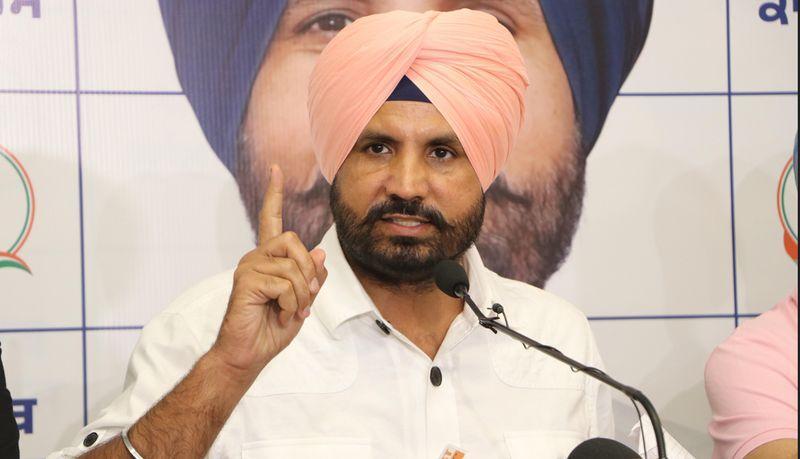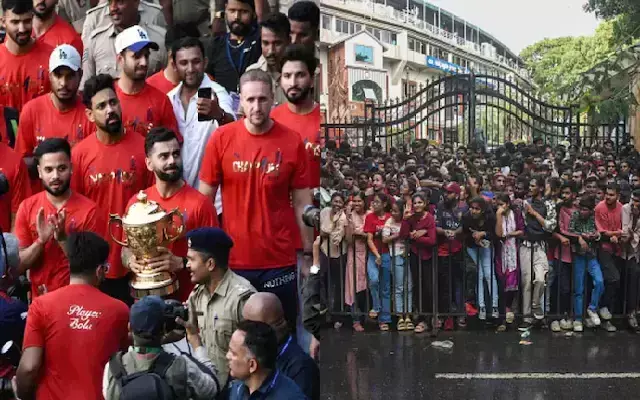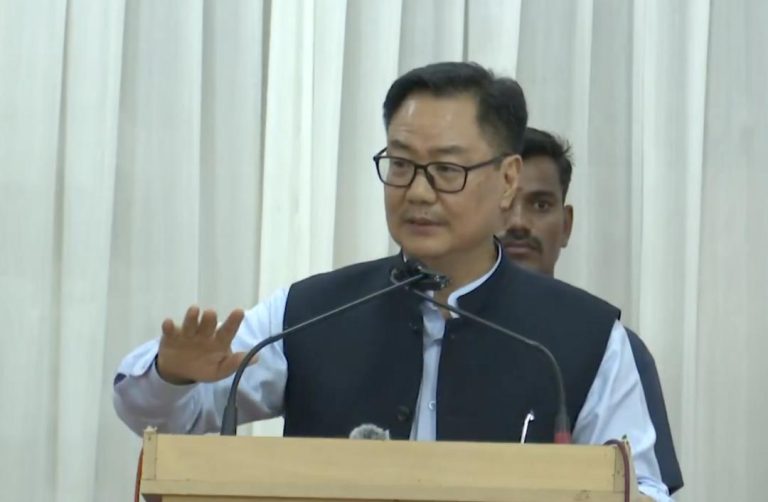
Indira Gandhi Led Greatest Surgical Strike: Raja Warring
In recent times, the phrase “surgical strike” has become synonymous with the Indian armed forces’ operations against Pakistan. However, Punjab Congress president Amarinder Singh Raja Warring has taken a bold stance by questioning the BJP’s narrative on surgical strikes. While speaking at an event, Warring remarked that the Congress doesn’t need lessons or certificates from the BJP, which has no role in the country’s freedom struggle.
What caught everyone’s attention was his assertion that Indira Gandhi’s decision to create Bangladesh in 1971 was the greatest surgical strike in history. This statement has sparked a heated debate, with many questioning the definition of a surgical strike. In this blog post, we will delve into the history of the Bangladesh Liberation War and analyze Raja Warring’s statement in the context of modern-day politics.
The Bangladesh Liberation War
The Bangladesh Liberation War was a brutal conflict that lasted from March 1971 to December 1971. It was a fight for independence from Pakistan, which had been ruling East Pakistan (now Bangladesh) since the country’s partition in 1947. The war was sparked by the brutal suppression of Bengali language and culture by the Pakistani army, led by General Yahya Khan.
The Indian government, led by Indira Gandhi, played a crucial role in supporting the Bangladesh liberation movement. The Indian army, under the command of General Jagjit Singh Aurora, launched a military operation on December 3, 1971, which led to the defeat of the Pakistani army and the independence of Bangladesh.
Raja Warring’s Statement
Raja Warring’s statement that Indira Gandhi’s decision to create Bangladesh was the greatest surgical strike in history is not without merit. The Bangladesh Liberation War was a masterclass in strategic planning and execution, with India’s military intervention playing a decisive role in the outcome.
The war was fought on several fronts, including the creation of a refugee crisis in East Pakistan, which put immense pressure on the Pakistani government. The Indian army also launched a series of attacks on Pakistani military positions, including the famous Battle of Hilli, which was a decisive victory for the Indian forces.
The creation of Bangladesh was not just a military victory but also a strategic masterstroke that weakened Pakistan’s position in the region. The war led to the deaths of millions of people, including an estimated 1 million Bengalis who were killed during the conflict.
Comparison with Modern-Day Surgical Strikes
Raja Warring’s statement has been criticized by many, who argue that modern-day surgical strikes are different from the Bangladesh Liberation War. The Indian army’s surgical strikes in 2016 and 2019 were limited to specific targets, such as terrorist launch pads, whereas the Bangladesh Liberation War was a full-scale military operation.
However, one cannot deny that the Bangladesh Liberation War was a surgical strike in its own right. The Indian army’s military intervention was a precise and targeted operation that aimed to achieve a specific objective – the creation of a new nation.
In comparison, the modern-day surgical strikes have been criticized for being limited in their scope and impact. While they may have achieved tactical gains, they have not addressed the root causes of terrorism in the region.
Conclusion
Raja Warring’s statement may have been provocative, but it has also sparked an important debate about the definition of a surgical strike and the role of military intervention in international relations. The Bangladesh Liberation War was a defining moment in Indian history, and its legacy continues to shape the country’s foreign policy to this day.
As we navigate the complex web of international relations, it is essential to remember the lessons of history. The creation of Bangladesh was a masterclass in strategic planning and execution, and it remains an important reminder of the power of military intervention in achieving strategic objectives.
Source:






